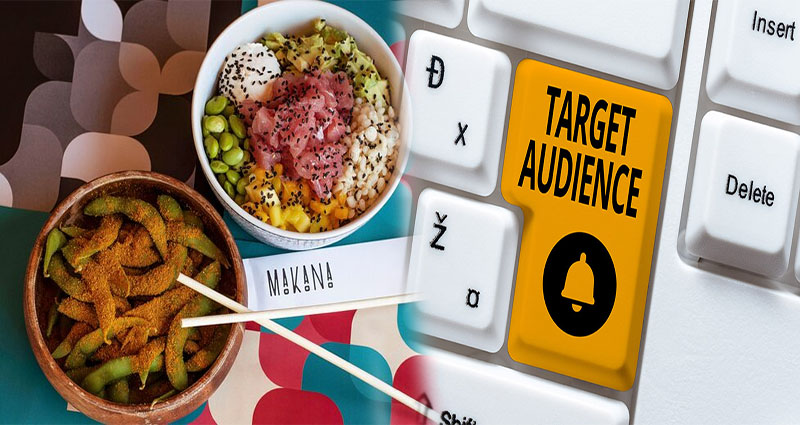Food brands should focus on a few key elements to create a strong brand. Consumers who are at home are more likely to spend more on branded products, but those who are eating out are more likely to cut corners in the pantry, which makes creating a strong food branding strategy even more critical. While the produce department and seafood case have long been the domain of unbranded products, consumers in the Millennial and Gen X generations are increasingly reaching for branded produce, and 68% of consumers are willing to pay a premium price for branded products.
Ten essentials of food branding strategy
A food brand must have a strong presence on social media, and these days there are several options available. You can post content on Facebook, Twitter, and LinkedIn. For example, a time-saving recipe would be very appealing to a professional group on LinkedIn. Similarly, you can use visuals to create posts on Instagram, Pinterest, Snapchat, and YouTube. If you want to promote a product or service, you can also make a branding video and upload it to YouTube.
The concept of the Ten Essentials first became formalized in the 1970s, but it actually dates back to the 1930s. It was originally incorporated into climbing and mountaineering courses. Today, adventurers from all over the world acknowledge that there are 10 items essential for survival. The list answers two questions: what is essential, and what is not?
Ways to create a strong brand
With new food brands popping up in grocery stores everyday, the importance of creating a strong food brand cannot be stressed enough. A strong brand is what will turn consumers into loyal customers, who will buy more often and at a higher price. Creating a brand is the first step to generating profits.
Colors to use
Yellow is an attention-grabbing color and has many positive associations with food. People are drawn to the color because it represents the sun and delicious foods. But it can be rough on the eye and can make a logo difficult to read, so it’s important to use it with caution. Nonetheless, it can brighten up a dark design when paired with other colors.
It is important to keep in mind that the colours used for food packaging must represent the product. They should connect with consumers and convey the intended subliminal message. They should also trigger a response in the target audience to choose the product. Depending on the intended demographic, some colours may be more effective than others.
In-store surveys
In-store surveys are an effective tool for food brands to reach potential customers. Food brands can combine these surveys with food demonstrations to demonstrate a product in action. The first step in building brand awareness is to get consumers to try a product before committing to a purchase. Blind taste tests are another tool for influencing consumer preferences. They allow consumers to sample competitors’ products and gauge which ones they prefer.
An in-store survey is designed to take less than three minutes. However, it can include as many as 15 questions. The amount of time spent on the survey will depend on the amount of traffic in the store. If there is a low level of traffic, more employees will be needed to collect data.
Pricing strategies
Pricing strategies for food and beverage brands should be unique to the company, reflecting the company’s strengths and weaknesses. The strategy should also take into account the organization’s business objectives. While 9 times out of 10 the goal will be to maximize profit, it’s important to consider other short-term and long-term outcomes as well.
One pricing strategy for food and beverage brands is bundle pricing. This method involves packaging several similar products and selling them as a single unit at a discounted price. This approach introduces consumers to several related items at once, which can lead to higher overall sales. In addition, some products are unique only in bundles, so offering a special discounted bundle can increase sales.










